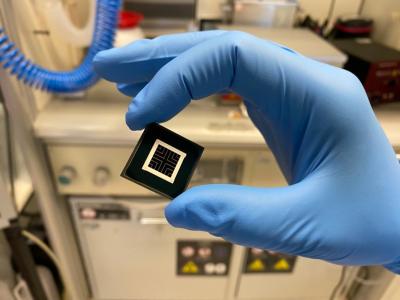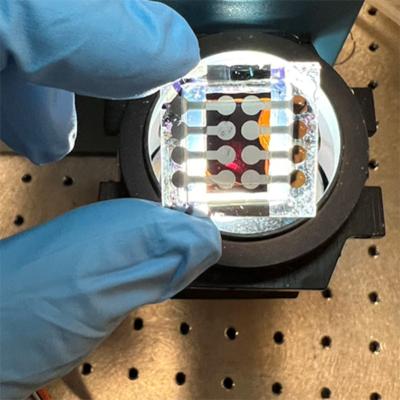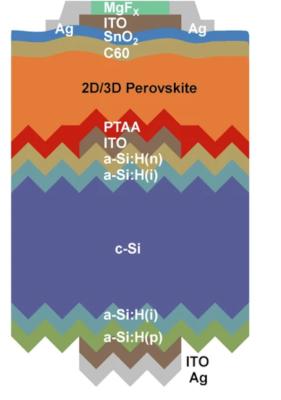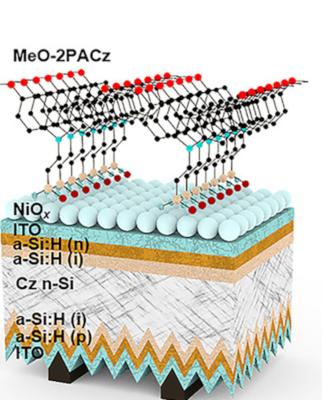Fraunhofer team develops scalable perovskite/silicon tandem cell with 31.6% efficiency
Scientists at the Fraunhofer Institute for Solar Energy Systems ISE have developed a perovskite silicon tandem solar cell with 31.6% efficiency.
The new 1 cm² solar cell is special in that the perovskite layer of the top cell was deposited on an industrially textured silicon heterojunction solar cell using a hybrid manufacturing route. The successful use of textured standard silicon solar cells and the uniform application of the perovskite layer on the texturized surface are important prerequisites for the industrial production of perovskite silicon tandem solar cells.










